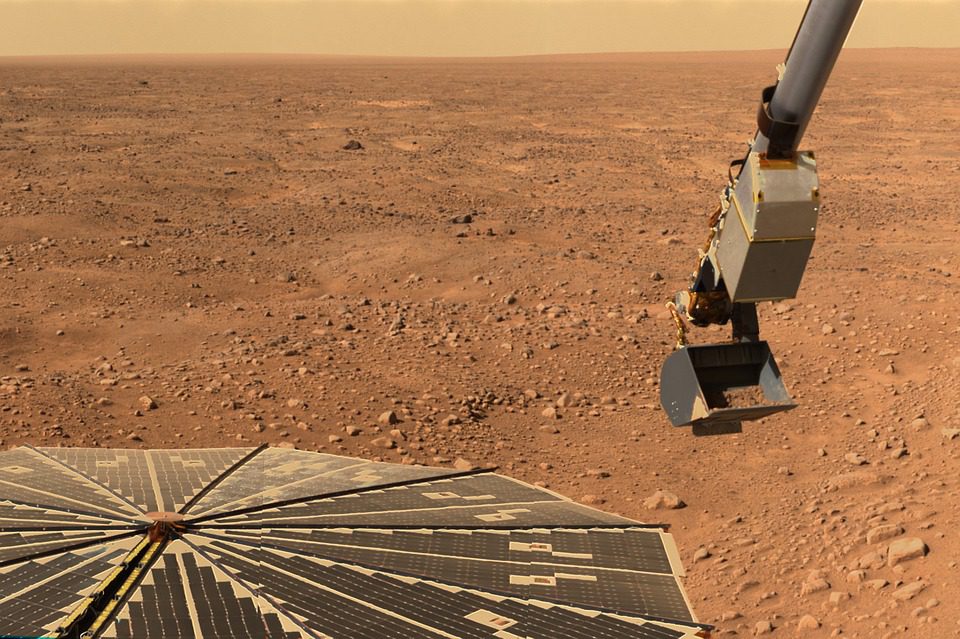Curiosity, a robotic explorer, touched down in the Gale Crater (Mars) in August 2012 and immediately started searching the landscape for signs of life that existed in the planet’s history. Throughout that period, the rover reported a number of significant findings, such as the detection of several methane spikes and indications that the crater had been the site of a massive lakebed in the past.
This vehicle has also captured shots of several unusual landscape characteristics, many of which became widespread after being shared with the general population. Photographs taken on Mars repeatedly show that the habit of perceiving people or motifs in seemingly random things is still strong.
The Mast Camera (Mastcam) onboard the Curiosity rover took an unusual photo of spikes poking out of the soil on May 15th, 2022. The forks are most likely composed of debris that was able to withstand the degradation of the rock layers that surrounds them. This hypothesis is in line with previous data gathered by Curiosity, which demonstrates that abrasion and the deposition of sediments were regular occurrences in Gale Crater.
On May 26th, The SETI Institute commented on the picture and suggested a plausible theory for how the characteristic evolved. This rock’s soft accompanying material washed away, leaving the spikes intact. Scientists were probably cemented filings of old fissures in a sedimentary rock, they said.
#PPOD: Here is another cool rock at Gale crater on Mars! The spikes are most likely the cemented fillings of ancient fractures in a sedimentary rock. The rest of the rock was made of softer material and was eroded away.
: @NASA @NASAJPL @Caltech #MSSS fredk, acquired on May 17. pic.twitter.com/RGfjmRBfI7
— The SETI Institute (@SETIInstitute) May 26, 2022
Researchers now know that the Gale Crater was originally a lakebed with running liquid water due primarily to data revealed by Curiosity. Depositional structures like Mount Sharp’s summit were formed as a result of water migration into the Gale Crater. It seems that erosion is the most likely reason for this feature’s appearance.













Leave a Reply